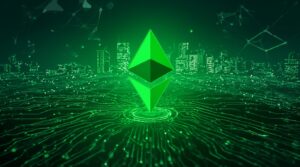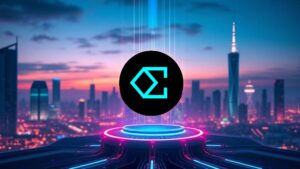As the Internet of Things (IoT) continues to revolutionize industries and transform the way we interact with technology, cloud service providers have developed robust platforms to support IoT applications. Two major players in this space are Amazon Web Services (AWS) IoT and Google Cloud IoT. These platforms offer comprehensive solutions for connecting, managing, and analyzing IoT devices at scale, but they differ in their approaches, features, and strengths.
AWS IoT and Google Cloud IoT both provide essential services for IoT development, including device connectivity, security, data processing, and analytics. However, each platform has carved out its own niche in the market, catering to different use cases and organizational needs. As of 2025, these services have evolved significantly, offering more advanced features and integrations to meet the growing demands of IoT applications across various industries.
This comparison will explore into the key aspects of AWS IoT and Google Cloud IoT, highlighting their unique offerings, strengths, and potential limitations. By examining these platforms side by side, we aim to provide insights that can help developers, businesses, and IT professionals make informed decisions when choosing an IoT cloud service for their projects.
#1AWS IoT Services
 AWS IoT provides a comprehensive suite of tools designed to connect, manage, and analyze billions of IoT devices. Key features include:
AWS IoT provides a comprehensive suite of tools designed to connect, manage, and analyze billions of IoT devices. Key features include:
• Core Features:
o AWS IoT Core: Allows secure device connections and integrates with services like AWS Lambda, Amazon DynamoDB, and SageMaker for AI/ML applications.
o Device Shadow: Maintains a virtual representation of devices for remote access and control.
o Rules Engine: Automates actions based on data thresholds or conditions.
o IoT Analytics: Processes and analyzes IoT data for insights using machine learning.
• Security:
o Utilizes X.509 certificates for secure communication between devices and the cloud.
o Offers services like IoT Device Defender to monitor device security metrics and detect anomalies.
• Edge Computing:
o AWS IoT Greengrass: Enables local data processing on edge devices.
• Use Cases:
o Industrial IoT, predictive maintenance, connected homes, and automation across industries like manufacturing, transportation, and energy.
IMG Source: AWS Documentation
#2Google Cloud IoT Services
 Google Cloud IoT focuses on scalability and real-time analytics for globally distributed IoT devices. Key features include:
Google Cloud IoT focuses on scalability and real-time analytics for globally distributed IoT devices. Key features include:
• Core Features:
o Google Cloud IoT Core: A fully managed service for device connection, management, and data ingestion using MQTT or HTTP protocols.
o Integration with tools like BigQuery (data warehousing), Dataflow (stream processing), and Vertex AI (machine learning).
o Supports bi-directional messaging via Cloud Pub/Sub for real-time communication.
• Security:
o Provides role-based access control and secure device identity management.
o Manages keys and certificates at the edge for secure communication.
• Edge Computing:
o Integrates with Edge Manager to deploy ML models at the edge (experimental phase).
• Use Cases:
o Asset tracking, predictive maintenance, smart cities/buildings, logistics management, and connected homes.
IMG Source: Google Cloud
#3Comparison Table

#4Summary
• AWS IoT is ideal for industries requiring deep integration with AWS services like Lambda or SageMaker for AI/ML applications.
• Google Cloud IoT excels in real-time analytics and scalability for global operations, making it suitable for asset tracking and smart city projects.
Choosing between these platforms depends on your specific needs regarding scalability, analytics capabilities, integration options, and industry focus.










